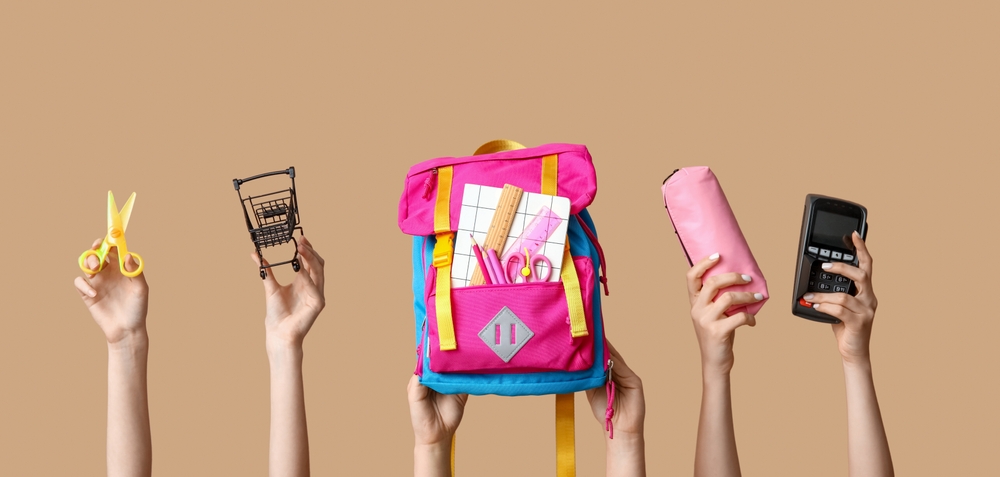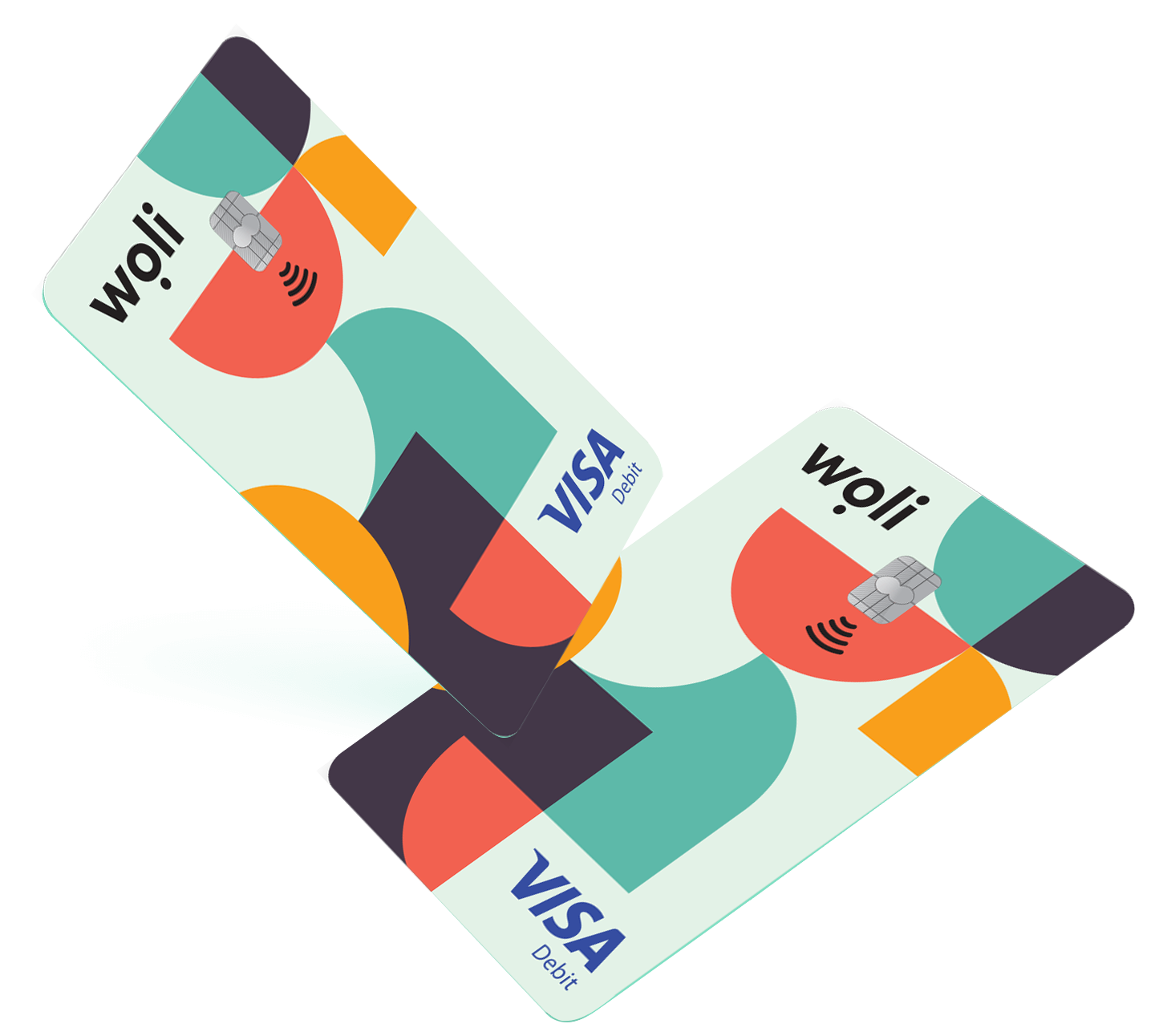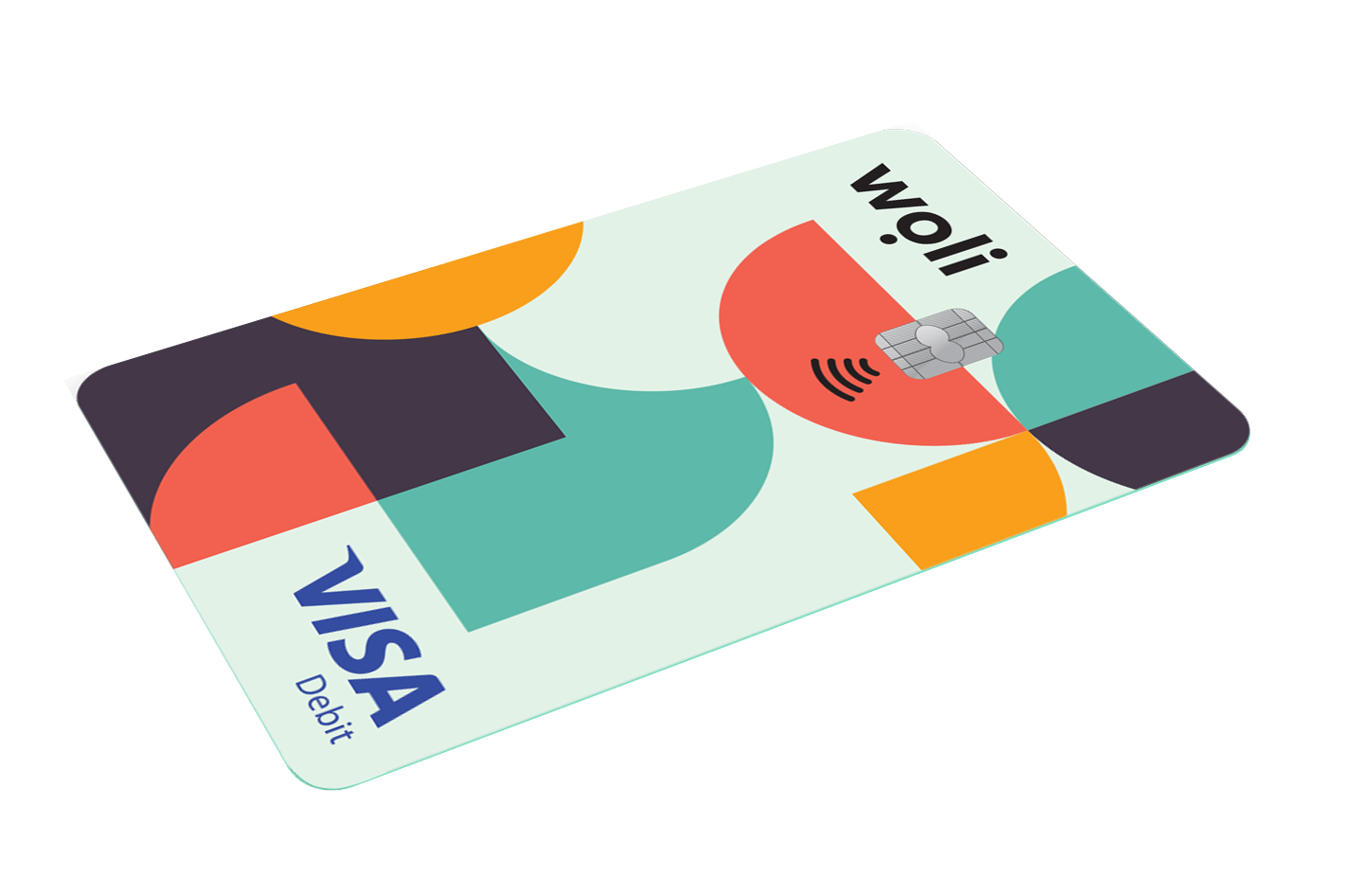As summer winds down, the excitement (and sometimes stress) of back-to-school season begins. For parents and teens alike, this period often comes with a significant financial commitment. From purchasing new clothes, shoes, and backpacks to ensuring all necessary school supplies are bought, the costs can quickly add up.
However, with some planning and smart decision-making, back-to-school shopping doesn’t have to break the bank. Here are some financial tips to help both parents and teens manage this yearly expense more effectively. Woli’s blog post “What is a budget?” can help with this.
1. Start with a Budget
Before hitting the stores or browsing online, sit down together as a family and establish a budget. Determine how much you’re willing to spend on back-to-school items, including clothes, school supplies, and any tech gadgets that might be needed. Make sure to include your teen in this discussion to help them understand the importance of budgeting and to make them aware of the financial constraints.
Pro Tip: Divide the budget into categories, such as clothing, supplies, and electronics, and allocate a specific amount to each category. This way, it’s easier to track spending and make adjustments if needed.
2. Take Inventory Before You Shop
Before purchasing anything new, take a look at what you already have. Go through last year’s supplies, clothes, and even tech items to see what can be reused. You might find that some items, like notebooks, backpacks, or certain clothing, are still in good condition and don’t need to be replaced.
Pro Tip: Make a list of what you need to buy and stick to it. This will help avoid impulse purchases and ensure that you’re only spending on what’s necessary.
3. Shop During Sales
Timing is everything when it comes to back-to-school shopping. Many retailers offer discounts and sales in the weeks leading up to the start of school. Keep an eye out for sales and promotions, especially on big-ticket items like laptops or designer clothing that your teen might want.
Pro Tip: Utilize price comparison apps and websites to ensure you’re getting the best deal. Sometimes, online retailers offer better prices than physical stores, so it’s worth checking both.
4. Consider Second-Hand Options
Not everything needs to be brand new. Thrift stores, consignment shops, and online marketplaces can be great places to find gently used items at a fraction of the cost. This is especially true for clothing, where you can often find trendy or designer items for much less than retail price.
Pro Tip: Encourage your teen to explore second-hand shopping as a way to stretch their budget further. It’s also a sustainable and eco friendly choice that reduces waste.
5. Teach the Value of Money
Back-to-school shopping is a great opportunity to teach teens about financial responsibility. Involve them in the budgeting process and encourage them to make decisions about what to buy within that budget. This helps them understand the value of money and the importance of making thoughtful purchasing decisions.
Pro Tip: Give your teen a set amount of money for shopping and let them manage it. If they want something that costs more than what they have, discuss ways they can save or earn the difference. Through the ‘’Chores’’ section, parents can define the tasks for their child to do and also the extra pocket money they will receive when they complete them.
6. Look for Deals on Tech
For many students, tech gadgets like laptops, tablets, and calculators are essential. However, these items can be expensive. Look for student discounts offered by manufacturers and retailers, which can help reduce the cost significantly. Additionally, consider buying refurbished items, which are often as good as new but much cheaper.
Pro Tip: Check if your school offers discounts or partnerships with tech companies that can help you save on necessary gadgets.
7. Plan for the Long-Term
While it might be tempting to buy the trendiest items, consider their longevity. Opt for items that are durable and versatile, so they can be used for more than just one school year. This is especially important for big-ticket purchases like laptops or high-quality backpacks.
Pro Tip: Invest in quality over quantity. A well-made item might cost more upfront, but it can save you money in the long run by not needing to be replaced as often.
8. Set Financial Goals with Your Teen
Back-to-school season is also a good time to talk about broader financial goals with your teen. Discuss the importance of saving and how they can start building good financial habits now. You can even set specific goals, such as saving for a particular item they want or contributing to their college fund.
Pro Tip: Use tools, like the Woli App, designed for teens to help them track their progress toward their financial goals. Saving money is a skill that demands training. The feature “Woli Money Goals” provides to the kids easy and fun ways to develop smart savings habits that last a lifetime.
9. Make It a Fun Experience
Finally, remember that back-to-school shopping doesn’t have to be a chore. Make it a fun and educational experience for your teen. Use this time to bond, discuss finances, and prepare for the upcoming school year together.
Pro Tip: Turn shopping into a challenge. For example, see who can find the best deals or who can stick closest to their budget. This adds an element of fun while reinforcing good financial habits. Let the kids pay on their own with their Woli Debit Card so they can feel independence and financial freedom.
By following these tips, back-to-school shopping can become a manageable and even enjoyable experience that sets the stage for a successful school year, both academically and financially.
Download now the Woli app on Android or iOS, follow the steps to add your child and win 30 days FREE on the premium subscription plan BASIC and the physical Woli card for FREE!






